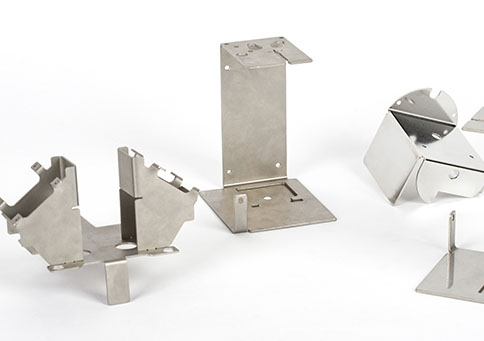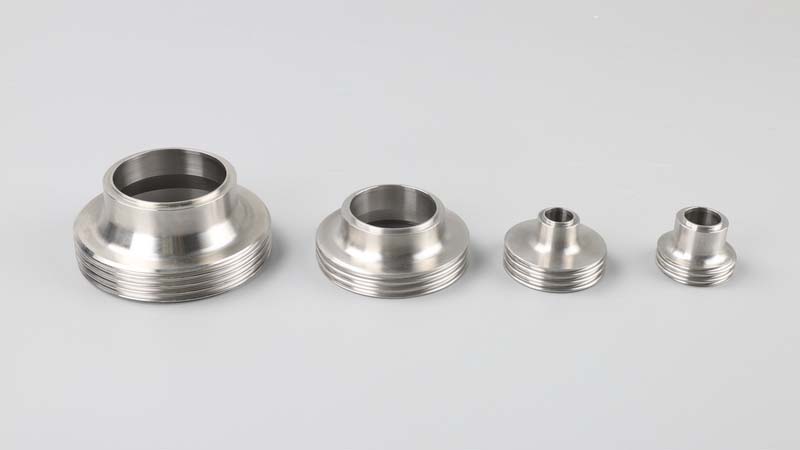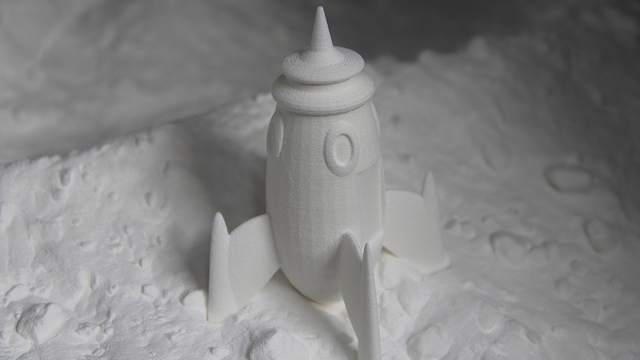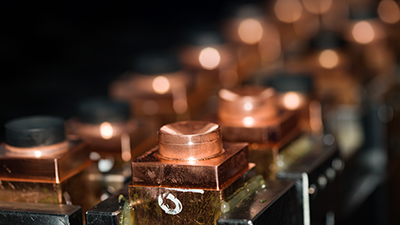










1. Executive Summary
Metal Injection Molding (MIM), also known as Powder Injection Molding (PIM), is an advanced
manufacturing process that combines the design flexibility of plastic injection
molding with the material performance of wrought metals. It enables the
high-volume production of complex, high-precision, and high-strength metal
parts. MIM is often described as a "cross-over" technology, bridging
the gap between conventional plastic injection molding and precision investment
casting or machining.
2. Core Principle & Key Characteristics
The fundamental
principle of MIM is to use a feedstock—a
homogeneous mixture of fine metal powder and a thermoplastic binder—which can
be injection molded like plastic. After molding, the binder is removed, and the
remaining "brown" part is sintered at high temperatures to achieve a
near-fully dense metal component.
Key Characteristics:
3. The MIM Process: A Four-Step Workflow
The MIM process
consists of four critical and sequential steps:
Step 1: Feedstock Preparation
Step 2: Injection Molding
Step 3: Debinding
Step 4: Sintering
4. Key Advantages and Limitations
|
Advantages |
Limitations |
|
Design freedom for complex 3D geometries. |
High initial cost for tooling and setup. |
|
Excellent mechanical properties (near-wrought
metal). |
Limited to relatively small parts (generally
< 100 grams, though larger parts are possible). |
|
High-volume production efficiency. |
Significant, uniform shrinkage must be
accurately predicted in mold design. |
|
Good dimensional accuracy and surface
finish. |
Material selection is limited to alloys that
are available as fine, spherical powders. |
|
Material versatility (stainless
steels, tool steels, superalloys, titanium, etc.). |
Less economical for low volumes due to high
tooling costs. |
5. Comparison with Other Technologies
|
Feature |
Metal Injection Molding (MIM) |
Investment Casting |
CNC Machining |
|
Complexity |
Excellent (true 3D
complexity, fine details). |
Good (complex but often limited by core
removal). |
Limited by tool access. |
|
Part Size |
Small to medium (typically < 100g). |
Small to very large. |
Virtually unlimited. |
|
Mechanical Properties |
Excellent (near-full
density). |
Good (can have porosity). |
Excellent (wrought material). |
|
Surface Finish |
Very good (Ra 1-2 µin). |
Rough (requires finishing). |
Excellent (machine finished). |
|
Cost Driver |
Low per-part cost at high volumes. |
Moderate tooling, moderate per-part cost. |
High per-part cost (labor, material waste). |
|
Lead Time |
Moderate (weeks for tooling). |
Moderate. |
Fast for prototypes. |
6. Common MIM Materials & Applications
Conclusion
Metal Injection Molding is a powerful and
unique manufacturing technology that excels at producing small, complex,
high-performance metal components in high volumes. While the process involves
significant upfront engineering and tooling investment, it becomes highly
cost-effective for complex parts that would otherwise require extensive and
wasteful machining or multiple assembly operations. It is the ideal solution
when design complexity, material performance, and production volume converge